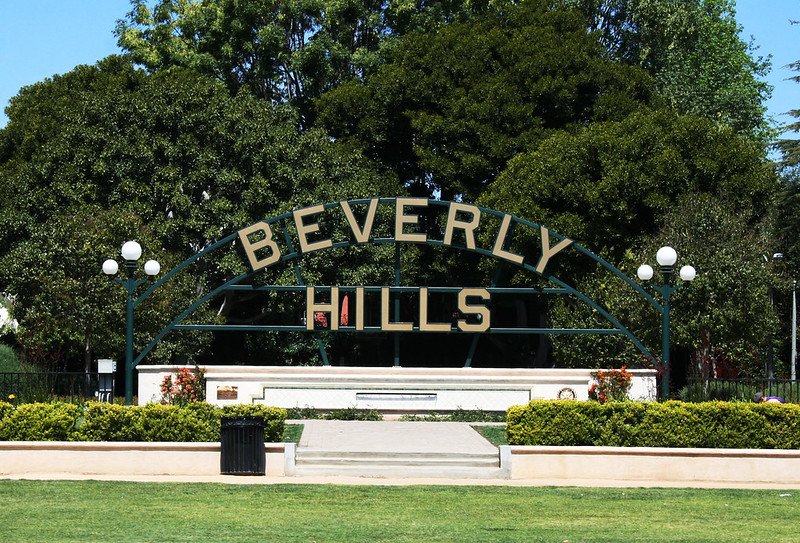In an ironic twist to an iconic sitcom television show, the City of Beverly Hills reiterated to homeowners last week that direct drilling for oil beneath their backyard ‘cement pond’ is strictly prohibited.
However, while hardly a gusher, Beverly Hills taxpayers still saw $154,593 in business tax revenue on oil drilling in 2024. The money flow comes from directional or slant drilling beneath Beverly Hills from locations outside the city limits.
 “We prohibited oil drilling from within the City in 2011. However, one can still drill underneath the City from locations outside the City by using directional or slant drilling. There are two sites which cover significant areas of the city. One is located on San Vicente Blvd. at the Beverly Center and the other is located on Pico and Doheny,” said Beverly Hills City Attorney Laurence Wiener.
“We prohibited oil drilling from within the City in 2011. However, one can still drill underneath the City from locations outside the City by using directional or slant drilling. There are two sites which cover significant areas of the city. One is located on San Vicente Blvd. at the Beverly Center and the other is located on Pico and Doheny,” said Beverly Hills City Attorney Laurence Wiener.
The City of Beverly Hills’ oil revenue follows last week’s release by the U.S. Geological Survey (USGS), which found technically recoverable resources of 61 million barrels of oil and 240 billion cubic feet of gas under the Los Angeles Basin.
The Los Angeles Basin includes the coastal plain and waters of Los Angeles and East L.A. north to the Santa Monica Mountains, east to Angeles National Forest and the foothills of the Sierra Nevadas, and east and south into much of Orange County.
USGS oil and gas assessments began 50 years ago following an oil embargo against the U.S., which signaled a need to understand the occurrence, distribution, and potential volumes of undiscovered resources.
The range of assessments produced has changed with the technology available to produce energy. In 1995, the USGS began conducting assessments of unconventional, technically recoverable resources such as shale and coalbed gas.
“The shift to horizontal drilling with fracking has revolutionized oil production, and we’ve changed our approach with it,” said USGS Geologist Christopher Schenk, adding that about half of Beverly Hills is within the Los Angeles Basin.
Many Angelino trivia nuts and local historians have long known the County’s oil abundance since the crude was first struck near present-day Dodger Stadium. The first drilling well was on the corner of Colton Street and Glendale Boulevard.
According to the Google AI overview, the Beverly Hills Oil Field is still actively producing oil, but the city is phasing out oil drilling and gas extraction. In December 2022, the Los Angeles City Council voted to ban new wells and phase out existing ones within 20 years.
According to Wikipedia, the Beverly Hills Oil Field, located under portions of Beverly Hills and Los Angeles, is a large, continuously productive field with 97 currently active wells. Drilling, pumping, and processing operations occur from four “drilling islands.”
For years, the City of Beverly Hills had active oil wells, including some infamously beneath Beverly Hills High School, but according to City of Beverly Hills Interim Public Information Manager Therese Kosterman, all have been capped and are inactive.
Kosterman said the city’s oil revenue comes from drilling beneath the municipality outside the City, which Beverly Hills has no jurisdiction over.












